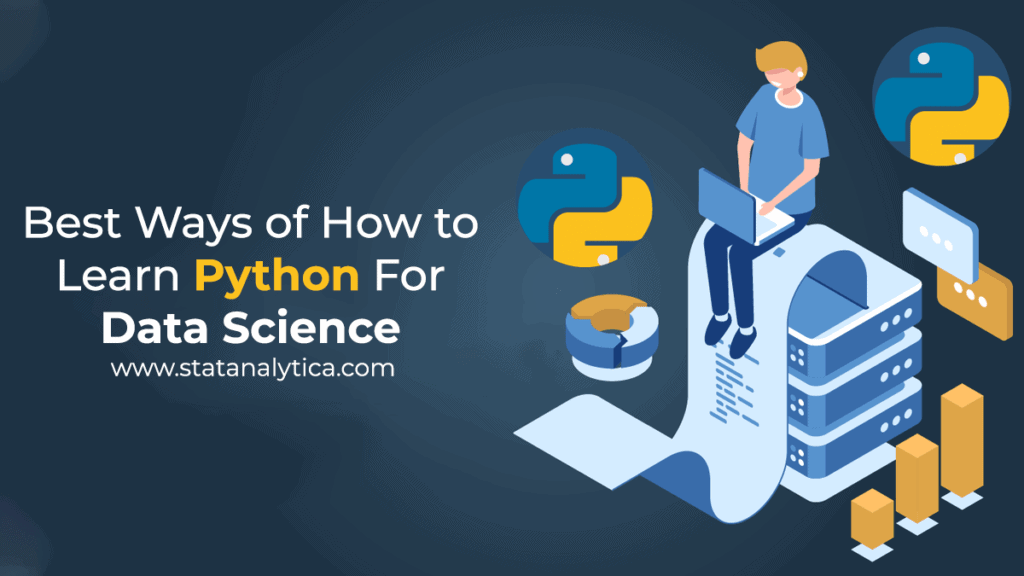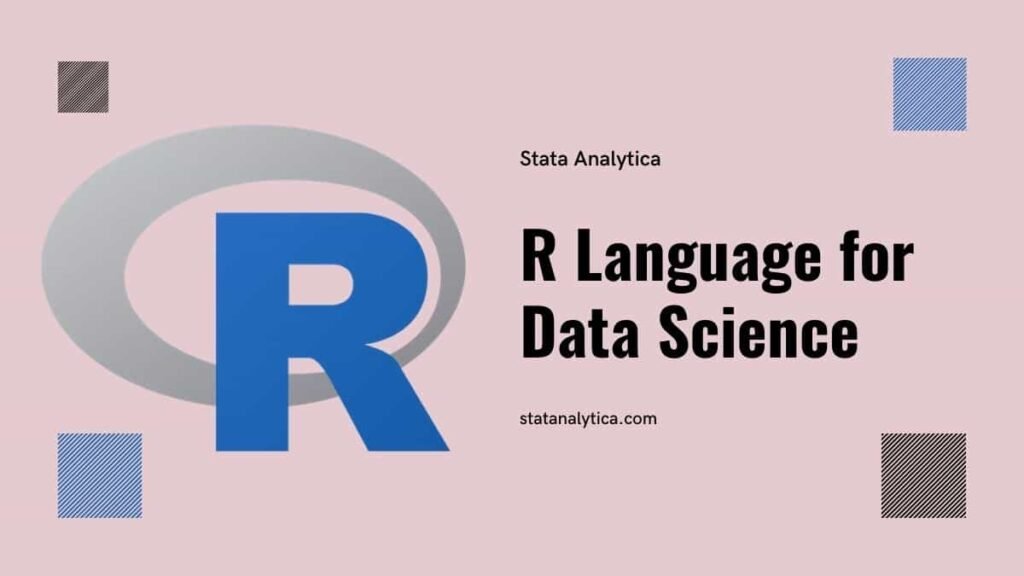As per data science professionals, this course of proceeding by improving growth in the python system. And when one is on the course to study python coding might be just starting, it is necessary to understand that work possibilities are sufficient (and marketing).
Indeed reviewed that the average pay of a data professional is around $125,00, which sounds good as this number is increasing day by day. The specialists at IBM forecasted a 28% jump in the market for data experts by 2021.
So, we can say that the future of data science is bright, and python coding is just one section of the common pie. Luckily, studying python and other coding fundamentals is as achievable as regularly. This post will help you to learn python for data science in five manageable steps.
Understand, just because the moves are manageable does not indicate that they would not have to place in the work. If one involves themself and gives exact time to learn python for data science, one can select a unique ability and possibly take their work to a different level.
How to learn python for data science?
Table of Contents
Step #1: Learn python fundamentals
Everyone begins from a point. This initial level is where one can get python coding basics. One will also need an intro to data science. One of the essential methods one must begin working early in the course is Jupyter Notebook, which gets packaged with python libraries to assist the learners in studying these two things.
Initiate the learning process by registering themselves in a community. Doing this, one can put themselves about like-minded individuals and improve the chances for work, as per the Society for (HRM) Human Resource Management, worker referrals value for 25% of complete hires.
Build a Kaggle account so that you can register a local Meetup group, and join in different members-only conversations with the alums and students. Related products: Work the Command Line Interface allows the learners to execute the scripts faster, enabling the learners to examine records faster and operate with more information.
Step #2: Practice some of the python projects
We believe in hands-on knowledge. One might be overwhelmed by how shortly one can be able to create some mini python projects. Try coding things such as computers for an online match, or a code that gets the climate from Google. Creating mini projects like those will assist the student in learning python coding projects like certain are approved for all communications, and a great method to compress the knowledge of the basics. It will help if one starts to create their experience, including APIs, and create web scraping. Exceeding with assisting the learners in learning python coding, web scraping can be beneficial for collecting data later.
Communication plays a major role in the success of any business. We can’t even imagine running a business without communicating with customers and employees. Every business needs to create, sell, and deliver services or products, and communication skills help business teams and leaders to do these operations effectively. Communication is very important in any business.
Begin the learning with reading and improve their coursework and get solutions to the python coding difficulties that one encounters. Study blog posts, guidebooks, and even another individual’s open-source program to learn python for data science and learn new concepts. Related abilities: work with various databases with the help of SQL. It is utilized to communicate with databases to modify, edit, and organize data. SQL is one of the staples in the data science areas, as 38% of data specialists publish practicing it consistently.
Step #3: Learn python data science libraries
Unlike any different coding languages, python generally has the best method of making something. The three most well-known python libraries in data science are Pandas, NumPy, and Matplotlib. Pandas and NumPy are excellent for examining and working with data. Matplotlib is one of the data visualization libraries that create graphs, as one can see in Google Sheets or Excel. Start the learning processing by examining issues that one does not understand what one does not understand!
Python consists of a rich community of specialists who can help enthusiastic you learn python for data science. Sources such as Stack Overflow, Quora, and Slack are reserved for individuals who are inspired to share their relevant knowledge and learn Python coding. Other related abilities are used Git for a version restriction. It is a traditional instrument that assists the learners in keeping a record of modifications done to the program, making it easier to correct errors, research, and cooperate with others.
Step #4: Create a portfolio to learn python for data science
For enthusiastic data specialists, a portfolio is a basic necessity. These outlines can incorporate various datasets and must give students fascinating insights that can be discovered easily. A portfolio does not require a specific theme; get datasets that help the learners, then grow up with a means to place them collectively. Illustrate designs that can provide fellow data specialists something to cooperate with and shows future managers that they have truly utilized the time to learn python for data science and other relevant coding skills.
The best thing about data science can be that a portfolio grows as a resume that can highlight the abilities that one has learned, such as python coding. Begin the learning by teaching, cooperating, and concentrating on technical support. At this time, one might require to ensure that they are developing some soft skills needed to operate with others, ensuring it might help you to know the Internal Communications of the tools that are used by others. So other skills include learning beginner and standard statistics. When you learn python for data science, one also needs to have a solid knowledge of statistics. Recognition statistics can provide the mindset that one requires to concentrate on the best things, so one can get valuable insights instead of just performing code.
Step #5: Use advance data science strategies
Ultimately, object to sharpen the relevant abilities. One data science course can be taken as continuous learning; besides this, there are advanced courses that one can use to ensure that they have covered all the basics. Learners require sufficient regression, analysis, and k-means clustering patterns. One can also move to machine knowledge-creating neural networks and bootstrapping models using scikit-learn.
During it, coding projects can involve developing models with the help of live data support. Machine learning examples to improve their forecasts with time. Identify to: Keep learning! As data science is one of the ever-growing areas that cross numerous applications.
When the need is growing, there must be an exponential possibility to learn python for data science. Proceed reading, helping, and discussing with others, and one can ensure to sustain interest and a competing point over time.
How much time is required to learn python for data science?
After learning these basic steps, the most obvious question that arises in one’s mind is ” how much time is required to learn python for data science.” There are various measures to decide the time that it can take to learn python coding. For data science, especially, consider a scale from 4 months to a whole year of regular practice.
Several individuals have moved through various courses with effective speed, and others might have taken a long time for the same. It all depends on one’s coveted time duration and available time that they can apply to learn python coding and the speed at which they have learned. Numerous programs are designed for learners to work at their activities. Each track is taken of purposes, hands-on knowledge, and possibilities to request issues. So that they can get an in-depth knowledge of data science basis.
Conclusion
In this article, we have included all the relevant information regarding how to learn python for data science with the help of the 5 useful steps. We have also included information regarding the time that is required to learn this coding language. Learners need not put in numerous efforts to learn this programming language. One requires to use some basic steps and change their method of learning a little bit and understand the basics of this language and use it to make mini python projects.
If you have any problem regarding help with python coding and any other assignments and homework, you can ask for our experts’ help. We can provide you high-quality content along with the plagiarism reports. We can also provide instant help to you as we are accessible 24*7. Besides this, we also provide the assignments with well-formatted structures and deliver them within the slotted time. All these facilities are available at a minimal price.


